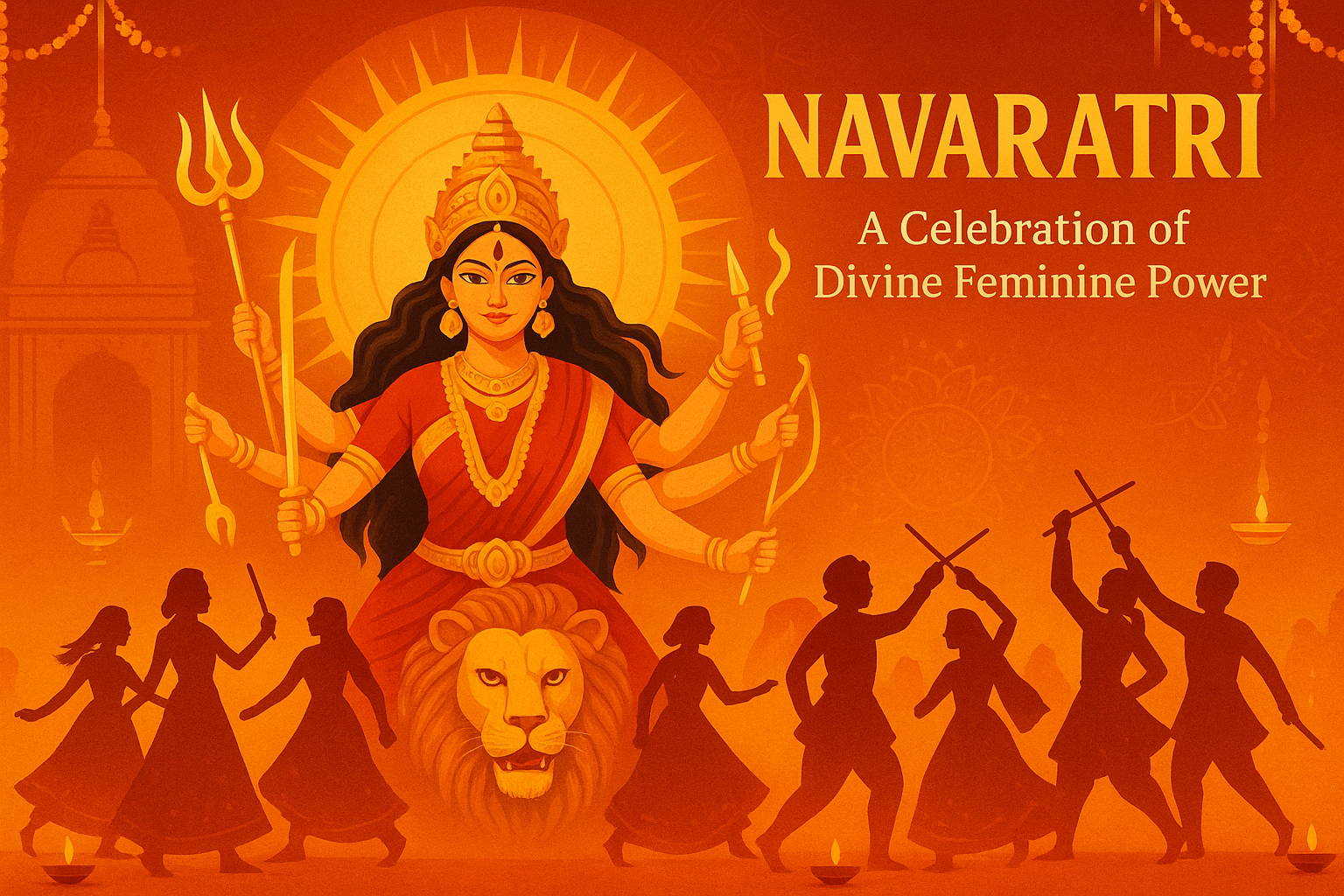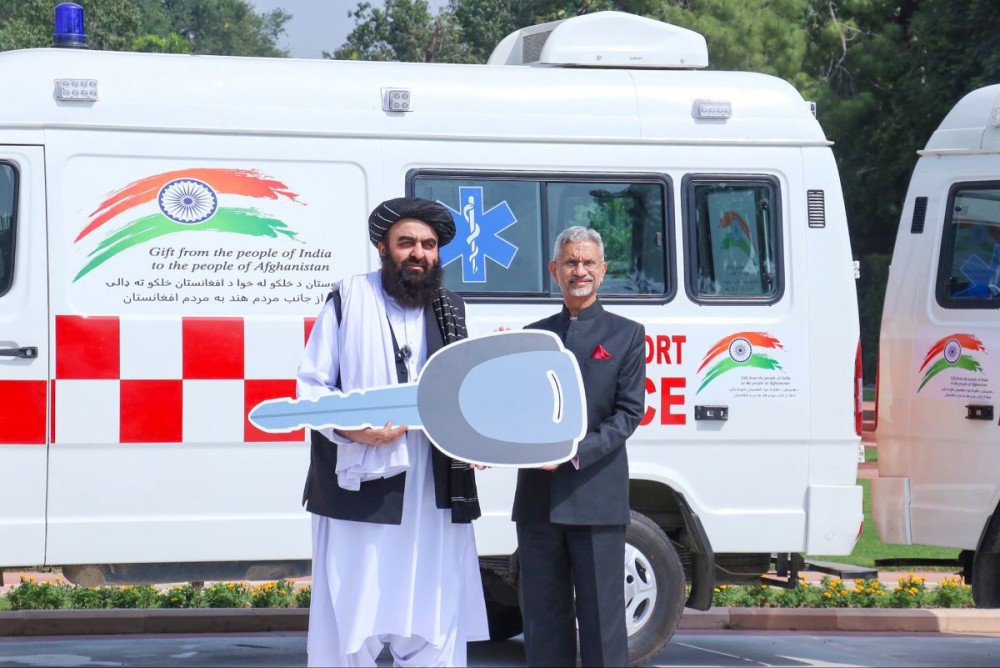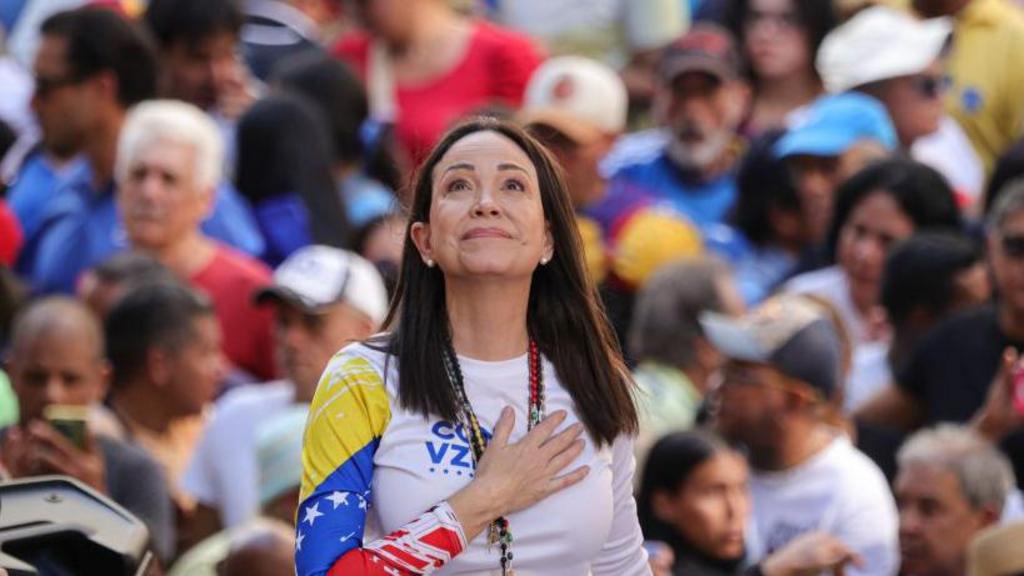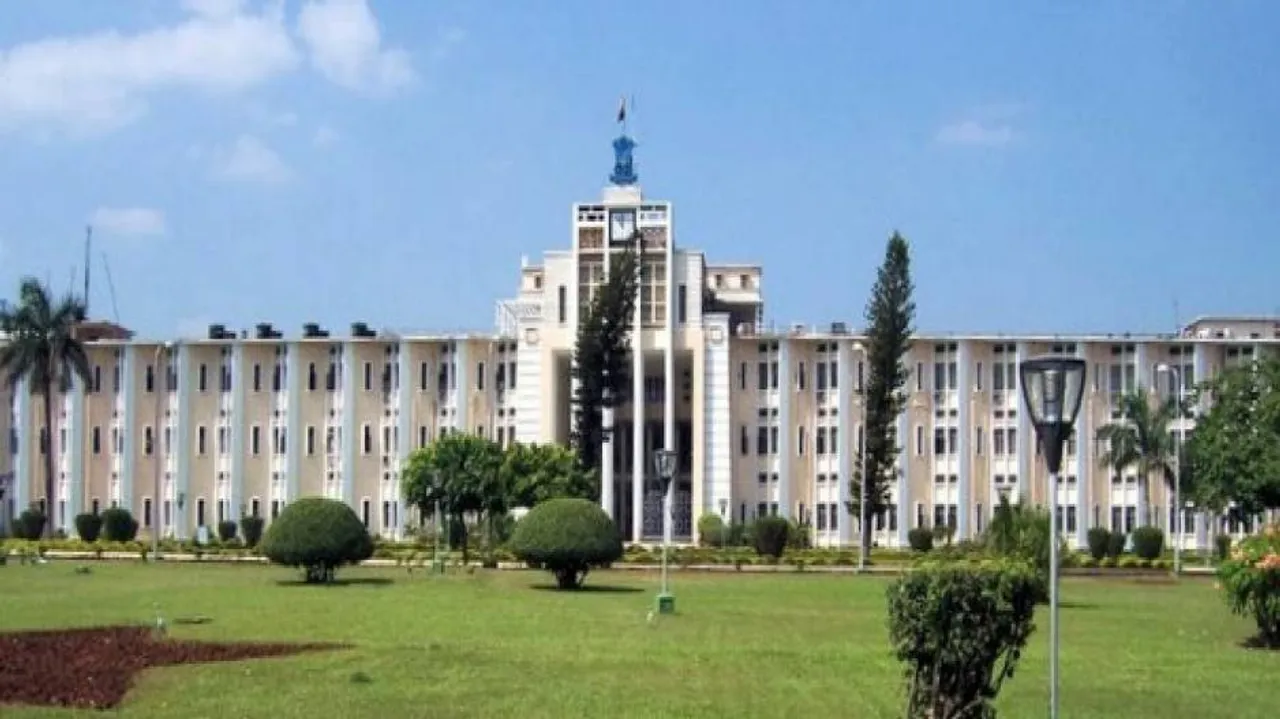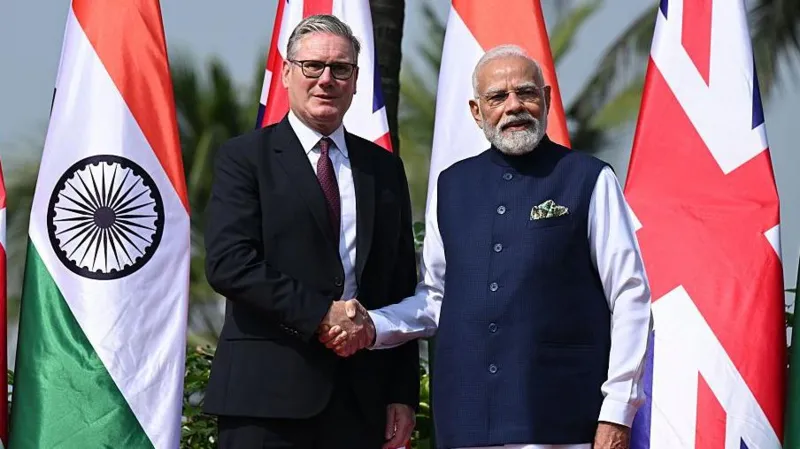Navaratri, a vibrant and joyous festival, is celebrated over nine nights in honor of the divine feminine power, Goddess Durga. The festival is a significant part of Hindu culture, symbolizing the triumph of good over evil and the power of femininity.
Why 9 Days?
The nine days of Navaratri represent the nine forms of Goddess Durga, each with a unique significance and story. The festival is divided into three sets of three days, each set dedicated to a different aspect of the goddess:
1. First three days: Goddess Durga is worshiped as a fierce warrior, symbolizing strength and courage. She is revered as:
– Shailputri: The daughter of the mountains, representing strength and resilience.
– Brahmacharini: The embodiment of devotion and penance, symbolizing spiritual growth.
– Chandraghanta: The goddess with a crescent moon on her forehead, representing bravery and protection.
2. Next three days: Goddess Lakshmi, the goddess of prosperity and wealth, is worshiped, representing abundance and good fortune. She is revered as:
– Kushmanda: The goddess of creation and energy, symbolizing abundance and prosperity.
– Skandamata: The mother of Skanda (Lord Murugan), representing motherly love and care.
– Katyayani: The goddess of courage and strength, symbolizing bravery and protection.
3. Final three days: Goddess Saraswati, the goddess of knowledge and wisdom, is worshiped, symbolizing creativity and learning. She is revered as:
– Kalratri: The goddess of time and destruction, symbolizing the power of time.
– Mahagauri: The goddess of purity and serenity, representing peace and tranquility.
– Siddhidatri: The goddess of spiritual knowledge and enlightenment, symbolizing wisdom and insight.
9-Day Speciality
Each day of Navaratri has its own special significance and rituals. The festival is celebrated with great enthusiasm and fervor, with people fasting, praying, and dancing to honor the goddess.
Rituals and Traditions
Navaratri is celebrated with various rituals and traditions, including:
1. Fasting: Many people observe fasts during Navaratri, abstaining from certain foods or drinks to purify their minds and bodies.
2. Puja: People perform puja (worship) to the goddess, offering flowers, fruits, and other offerings.
3. Garba and Dandiya Raas: Traditional dances like Garba and Dandiya Raas are performed during Navaratri, symbolizing joy and celebration.
4. Kanya Puja: On the eighth or ninth day of Navaratri, young girls are worshiped as embodiments of the goddess, symbolizing the power of femininity.
A Story of Navaratri
In the ancient times, the demon king Mahishasura had become powerful and was terrorizing the gods and humans alike. The gods, unable to defeat him, created Goddess Durga, a powerful and fierce warrior, to battle the demon king.
For nine days, Goddess Durga fought Mahishasura, showcasing her strength, courage, and determination. On the tenth day, she finally defeated the demon king, restoring peace and order to the universe.
The nine days of Navaratri celebrate this victory of good over evil, and the power of the divine feminine. The festival is a reminder of the importance of strength, courage, and wisdom in overcoming challenges and achieving success.
Conclusion
Navaratri is a celebration of the divine feminine power, symbolizing strength, courage, and wisdom. The nine days of the festival represent the nine forms of Goddess Durga, each with its own significance and story. The festival is a reminder of the importance of good over evil and the power of femininity in achieving success and overcoming challenges.
As we celebrate Navaratri, we honor the goddess and her many forms, seeking her blessings and guidance. We are reminded of the importance of strength, courage, and wisdom in our own lives, and strive to embody these qualities in our thoughts, words, and actions.
In conclusion, Navaratri is a festival that celebrates the power of femininity, the triumph of good over evil, and the importance of strength, courage, and wisdom. It is a time for spiritual growth, self-reflection, and celebration, and is an integral part of Hindu culture and tradition.


